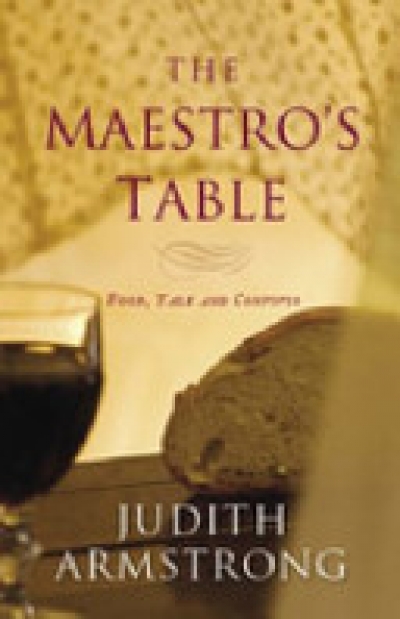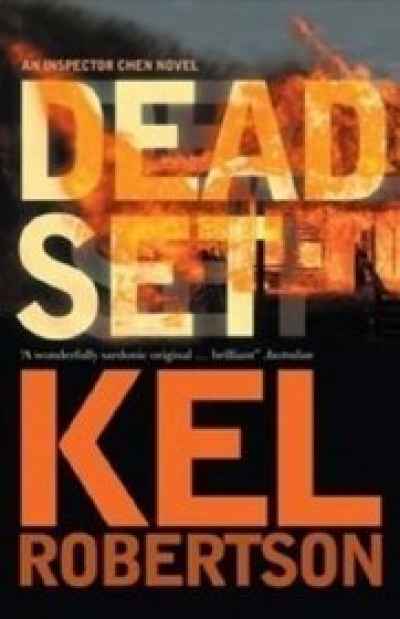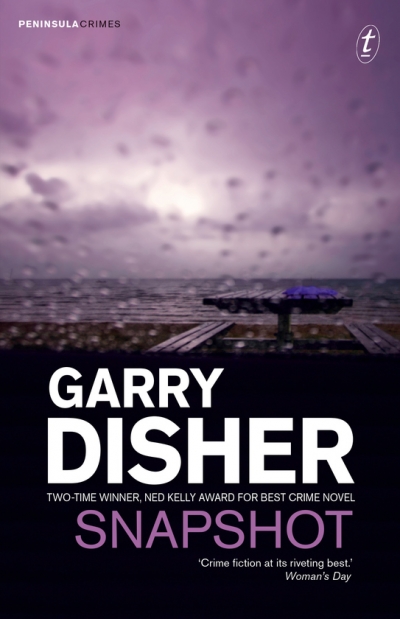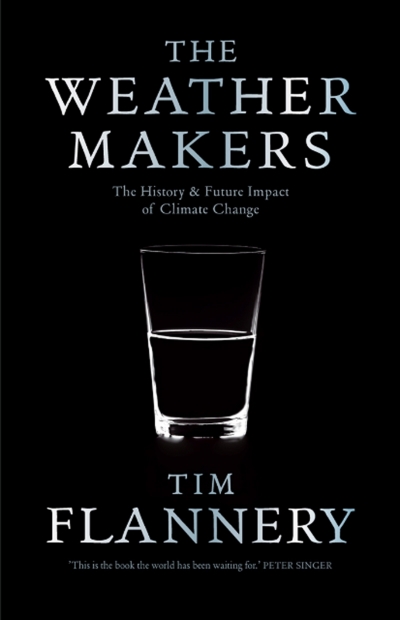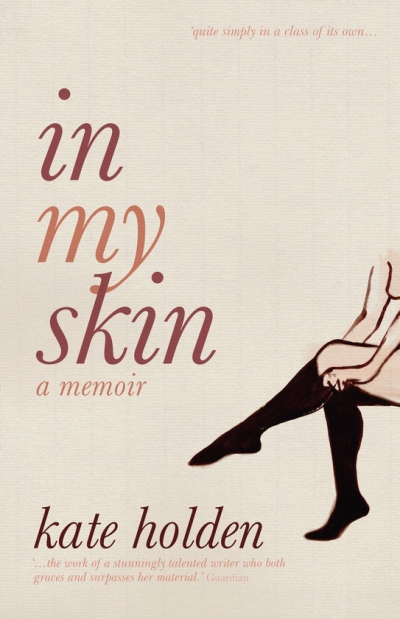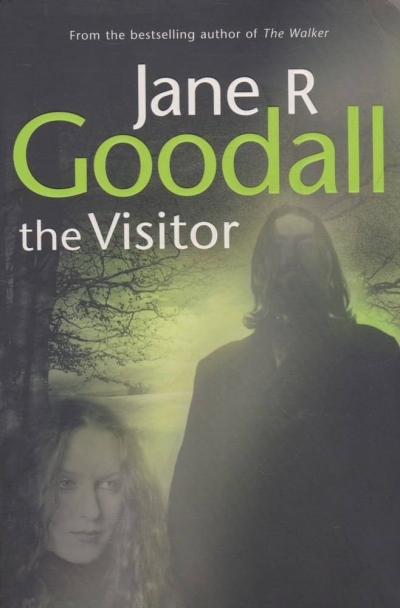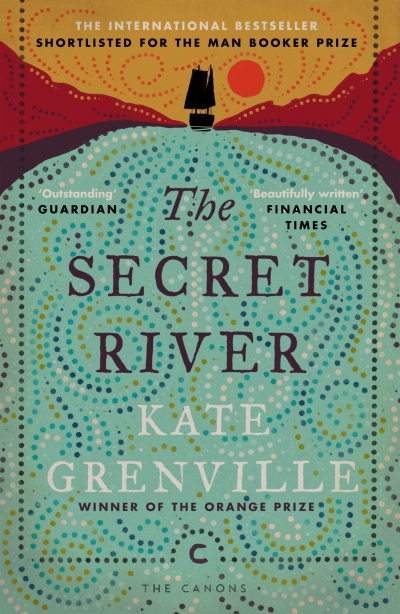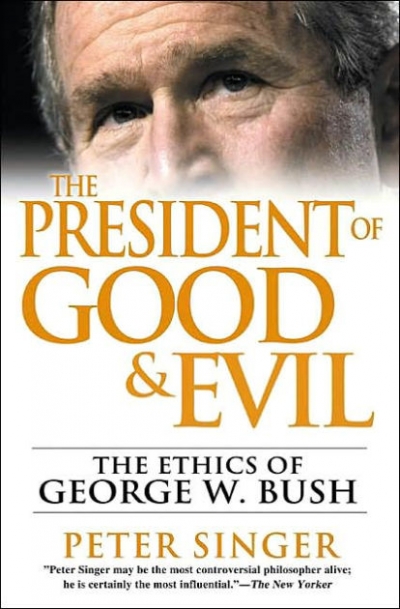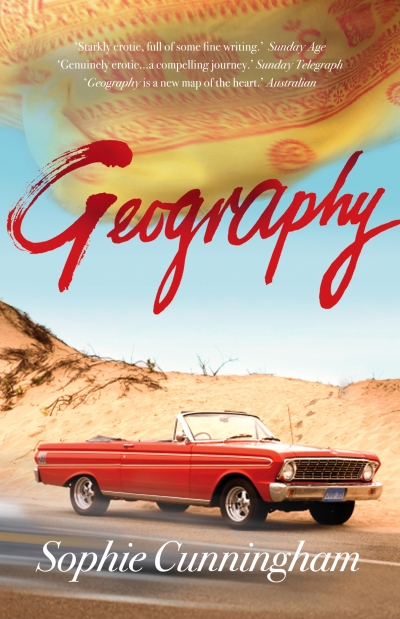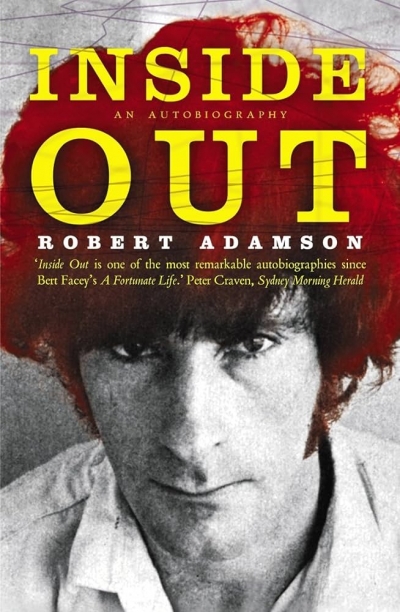Text Publishing
The Maestro’s Table: Food, talk and convivio by Judith Armstrong
by Gay Bilson •
Problem: in which Australian city do you set a crime story without offending readers from the other cities? Solution: set it in three of them – Canberra, Sydney and Melbourne. This is clever enough, although it soon becomes confusing as to where we actually are, prompting an ‘If it’s Tuesday, this must be Melbourne’ sensation.
... (read more)Snapshot by Garry Disher & A Thing of Blood by Robert Gott
by Rick Thompson •
The Weather Makers by Tim Flannery & Living In The Hothouse by Ian Lowe
by Robyn Eckersley •
The President of Good & Evil: The ethics of George W. Bush by Peter Singer
by Raimond Gaita •

